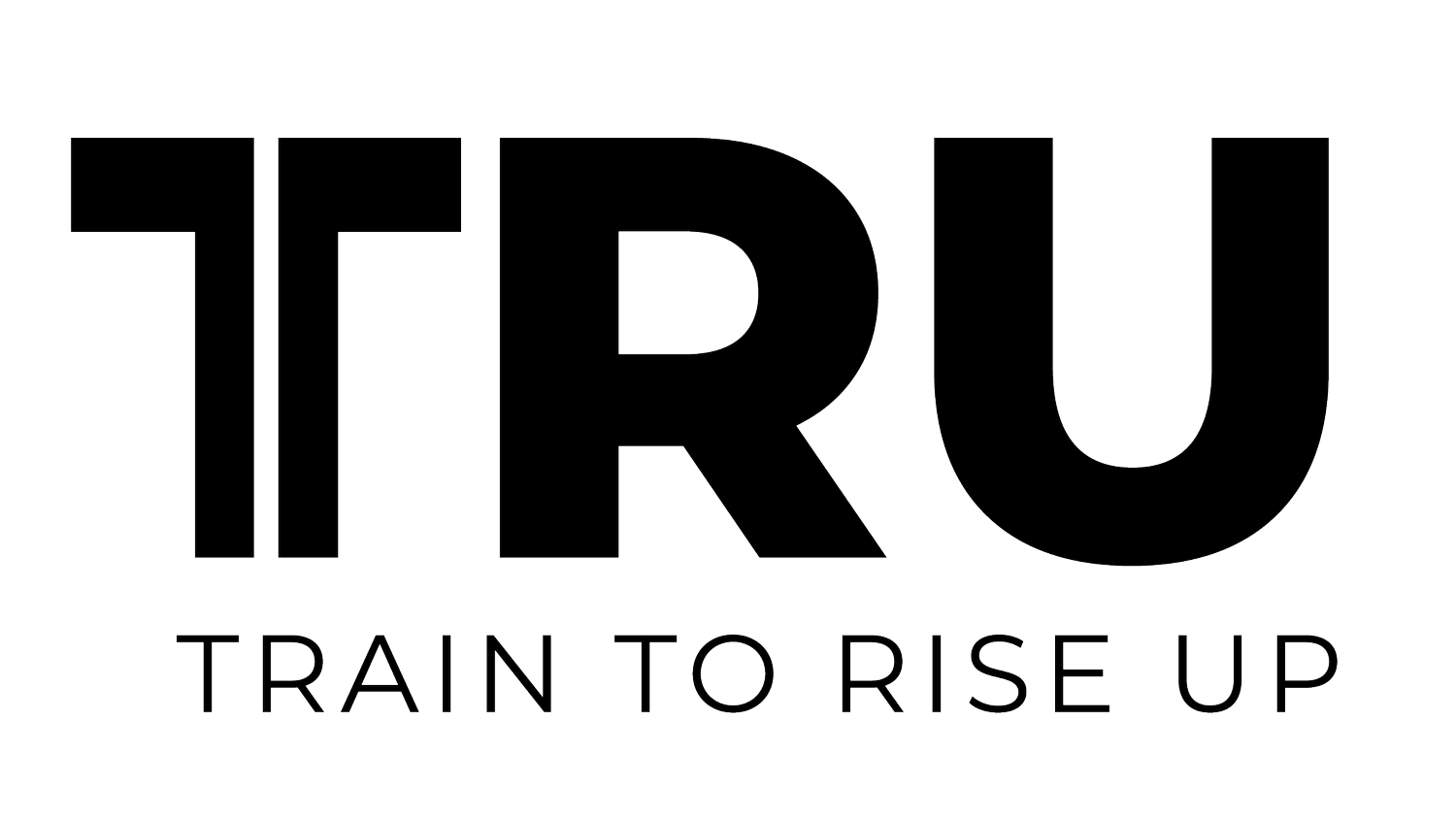The Secret to Healthy Shoulders for Pull-ups
Pull-ups are a classic exercise that challenges the upper body strength and promotes muscle growth. However, improper technique or overuse of a single grip style can lead to imbalances and shoulder injuries. This is where the importance of variance of grip and the inclusion of tempo training come into play. In this blog post, we will delve into the significance of these two elements and how they can help develop healthy shoulders during pull-up workouts.
The Power of Varied Grip
When it comes to pull-ups, using a single grip style repeatedly can place excessive stress on specific muscle groups and joints, increasing the risk of injury. Incorporating varied grip positions can help distribute the load across different muscles and promote overall shoulder stability. Here are a few grip variations to consider:
a) Pronated Grip: The standard pull-up grip, with palms facing away from the body, targets the latissimus dorsi, biceps, and upper back muscles.
b) Supinated Grip: Also known as chin-ups, this grip has the palms facing towards the body. It places greater emphasis on the biceps and engages the muscles of the upper chest.
c) Neutral Grip: Using parallel handles or rings, this grip offers a middle ground between pronated and supinated grips. It targets the muscles of the back, biceps, and shoulders more evenly.
By incorporating these different grip styles into your pull-up routine, you'll engage a wider range of muscles, reducing the strain on specific areas and promoting balanced development throughout your shoulders and upper body.
The Role of Tempo Training
Tempo training involves controlling the speed of your repetitions during an exercise. Incorporating tempo variations into your pull-up routine can help improve shoulder stability, muscle control, and overall strength. Here are three tempo techniques to consider:
a) Eccentric Focus: Emphasizing the lowering or eccentric phase of the pull-up (when you are lowering your body) can strengthen the muscles and tendons around the shoulders. Slow down the descent, taking 3-5 seconds to lower your body, to develop controlled strength and stability.
b) Isometric Holds: At the top of the pull-up, pause and hold for a few seconds to challenge your shoulder stability and build isometric strength. This technique improves your ability to control and stabilize your shoulder joint, reducing the risk of injuries.
c) Explosive Concentric: By focusing on explosive power during the upward or concentric phase of the pull-up, you can enhance your muscle recruitment and develop strength. This technique can help improve your overall pull-up performance and shoulder power.
By incorporating these tempo variations into your pull-up routine, you'll not only build strength but also enhance your shoulder stability, muscular control, and overall joint health.
To develop healthy shoulders and prevent injuries while performing pull-ups, it is crucial to incorporate both grip variations and tempo training into your routine. By utilizing different grip styles, you distribute the workload across various muscle groups, reducing the strain on any particular area. Additionally, incorporating tempo techniques such as eccentric focus, isometric holds, and explosive concentric movements enhances shoulder stability, control, and strength.
Remember, a well-rounded approach that includes grip variation and tempo training will not only promote healthy shoulder development but also enhance your overall performance and reduce the risk of overuse injuries. As with any exercise, it's important to listen to your body, start with appropriate progressions, and consult a qualified fitness professional if you have any concerns or specific conditions. Embrace the power of variance and tempo training to take your pull-up game to new heights while keeping your shoulders strong and injury-free!
